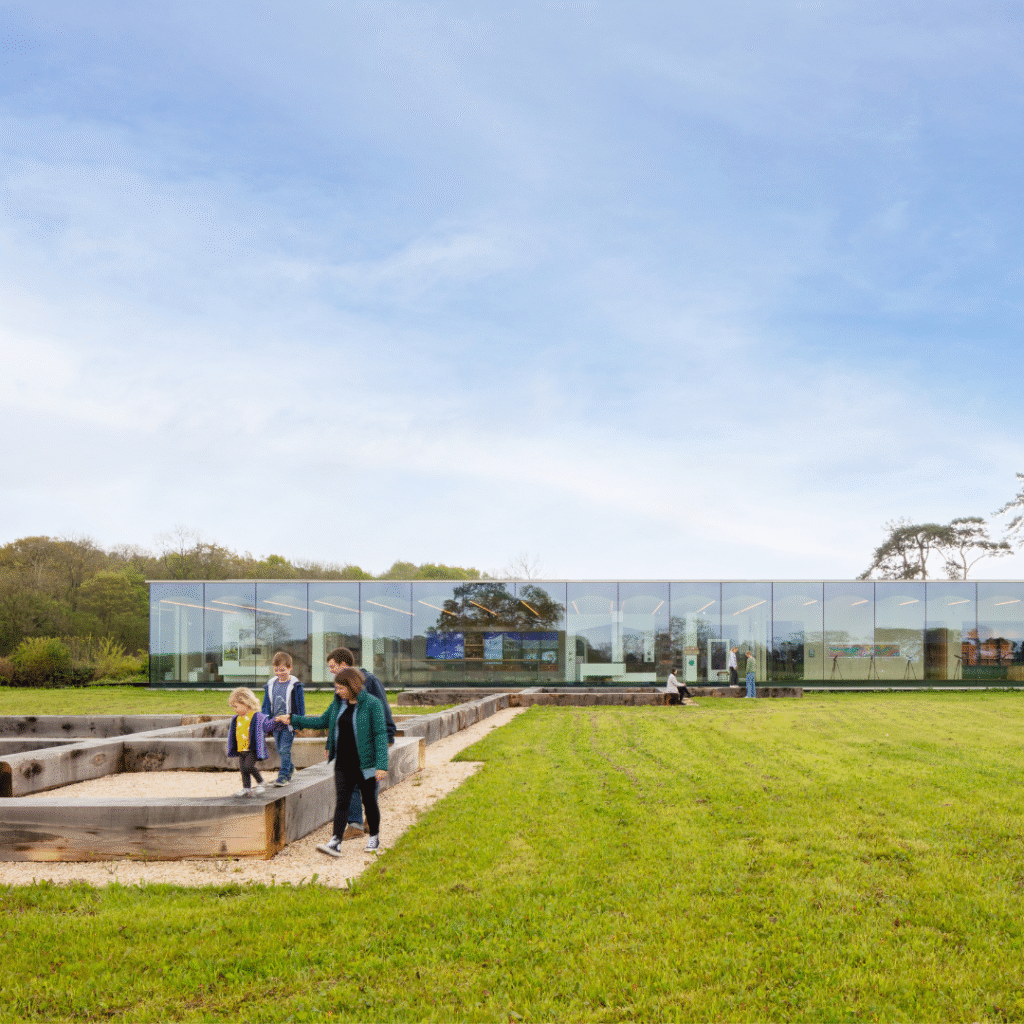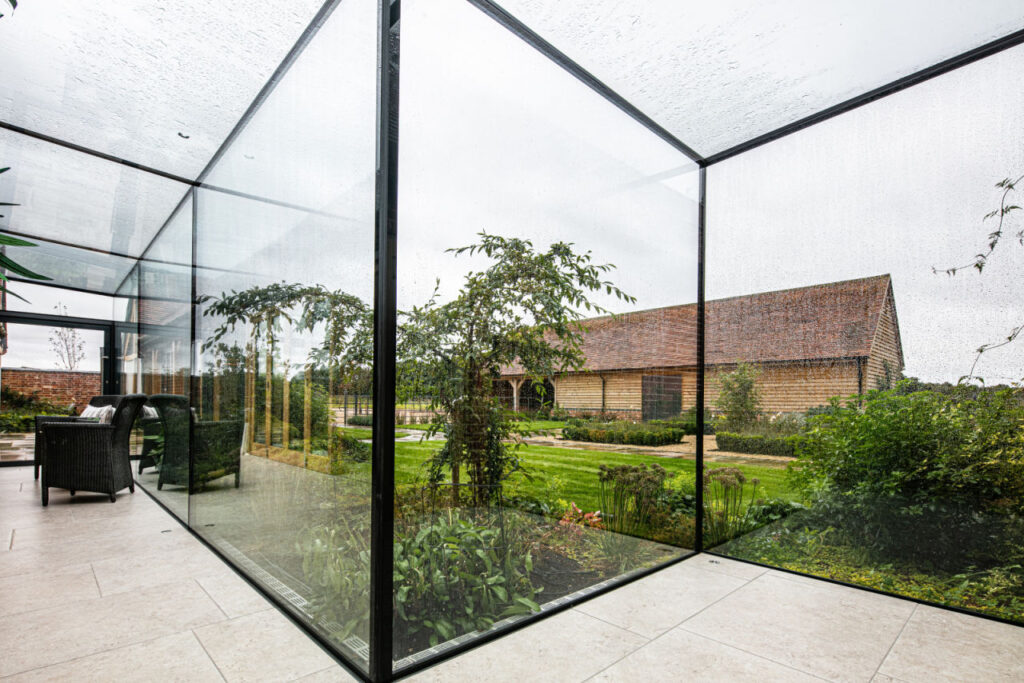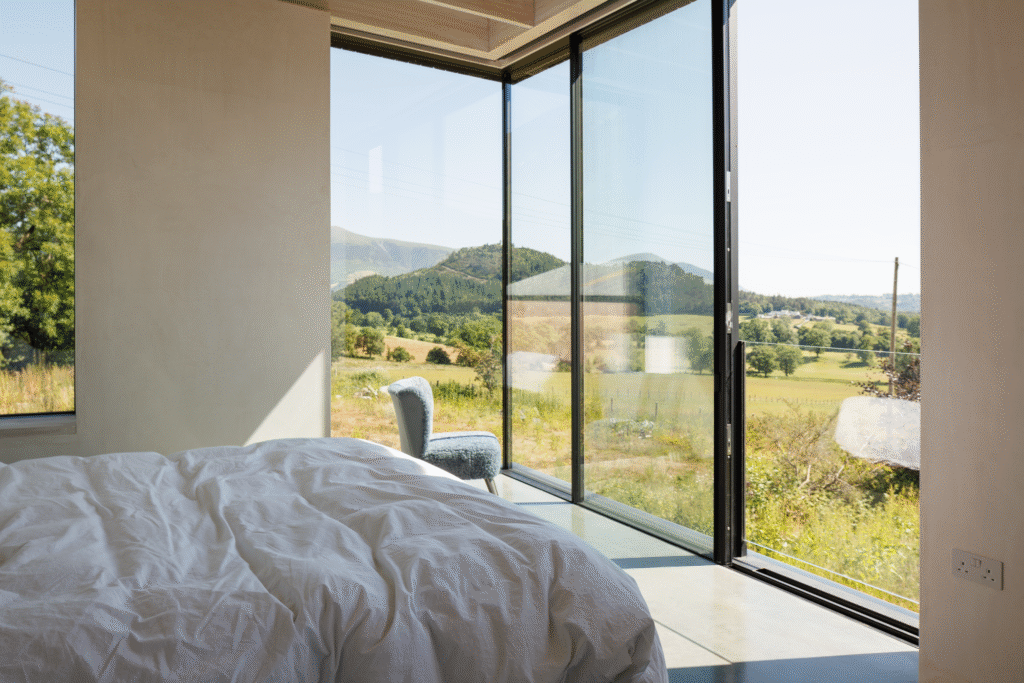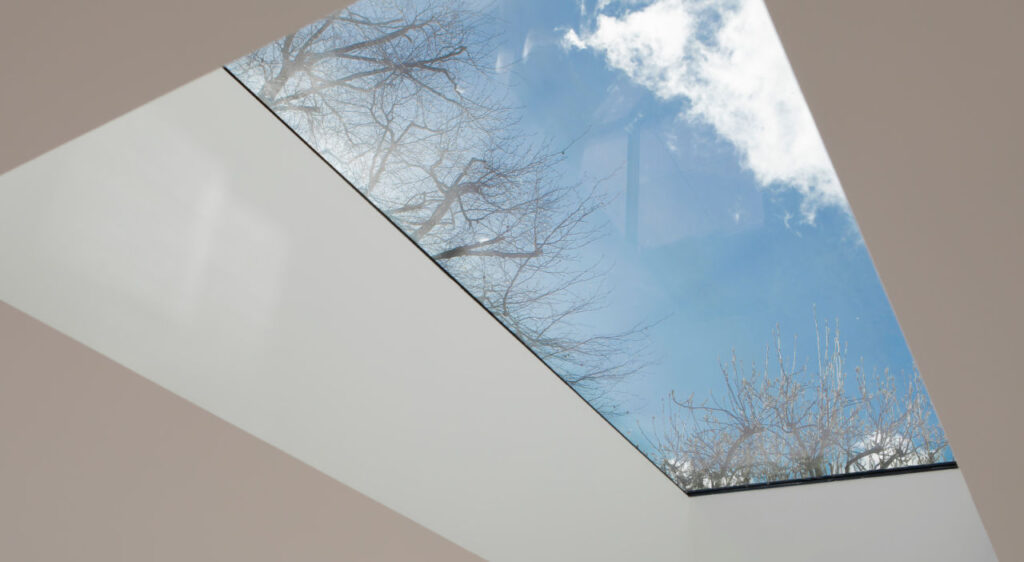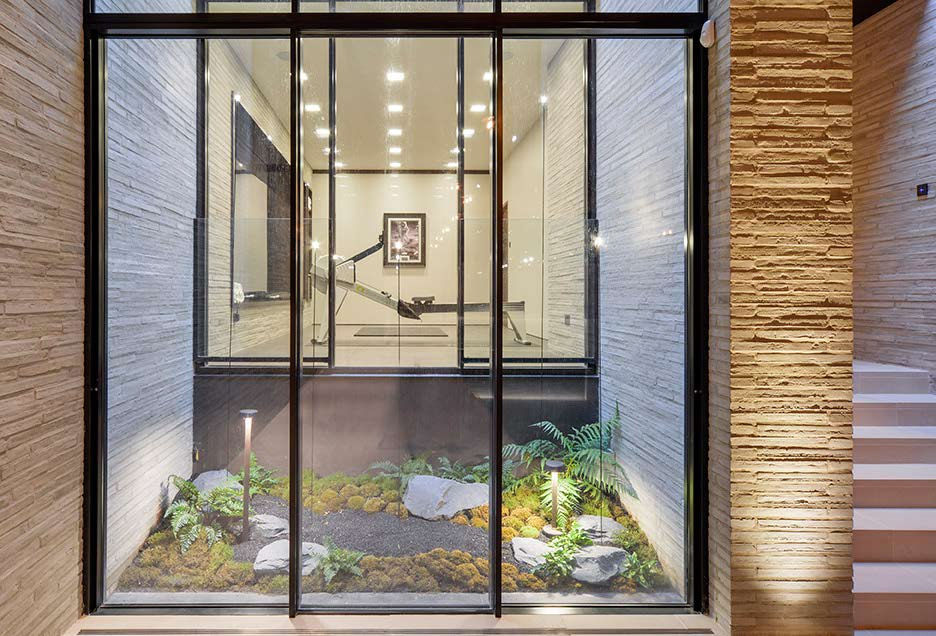Architectural Glazing For Museum Renovations: A Complete Guide
How do locations that rely on history modernise without losing their identity? By carefully making use of modern materials such as glass. In this article we will explore the essential role that museum architectural glazing has in modernising and enhancing museum and gallery spaces.

Museums are places that can be as beloved for their buildings as the treasures that they display and care for. Yet, as custodians of history and culture, they are constantly evolving to meet the ever-changing demands of preservation and visitor expectations.
With these changes comes the need for expansion and alterations, and museum renovation projects play a crucial part in ensuring that these institutions remain relevant and engaging to new generations. But how do locations that rely on history modernise without losing their identity? By carefully making use of modern materials such as glass. In this article we will explore the essential role that museum architectural glazing has in modernising and enhancing museum and gallery spaces.
Why glazing is important in museum renovation projects
When museums and art galleries are looking to upgrade their location with glass, there are two main ways in which this can happen: a literal modern extension wing made of glass or by integrating internal glazing solutions with current features. Both of these options have pros and cons and the effectiveness of each will depend on the location themselves.
Glass extensions can offer up the most new space, with whole new wings created to house exhibitions, facilities, catering or open atriums. Many museums opt for a new glass extension wing if they have the space to do so, as it creates a clear delineation between new and old and can create something of a spectacle for what is new to the venue. But there are other options for those locations that cannot expand outwards: here are a few ways in which glass can be used to level up a museum’s interior spaces:
- Glass links or bridges to connect disparate parts of the museums, new extension wings, outbuildings or to create new mezzanine walkways and vistas.
- Glass atriums to top or house open spaces, such as the famous Great Court at the British Museum. This is particularly useful for overly tall exhibits, as you can effectively double the height of the room.
- Glass balustrades, mezzanine floors and internal glass panes to create interesting levels within a larger room or building.
- Glass roofing to open up darker rooms to natural light, or rooflights, such as the beautiful glass domes we updated at the historic Fitzwilliam Museum in Cambridge.
- Glass flooring is a popular choice for displaying ruins in situ, allowing for uninterrupted views of the relics up close for all to see. Cantifix even created a floating glass walkway for the Roman Villa Museum in Somerset – meaning that there was literally nothing except glass between the visitor and the history right beneath their feet.
- Glass facades and curtain walling can be a great way to open up a building to its surrounding area. If the museum is connected to the world outside, or there is a need for extra natural light, glass walls can effectively achieve this, and with modern advances in glazing, there can be little to no visible framework needed, such as the oriel window we created for a gym building at The Newt In Somerset.

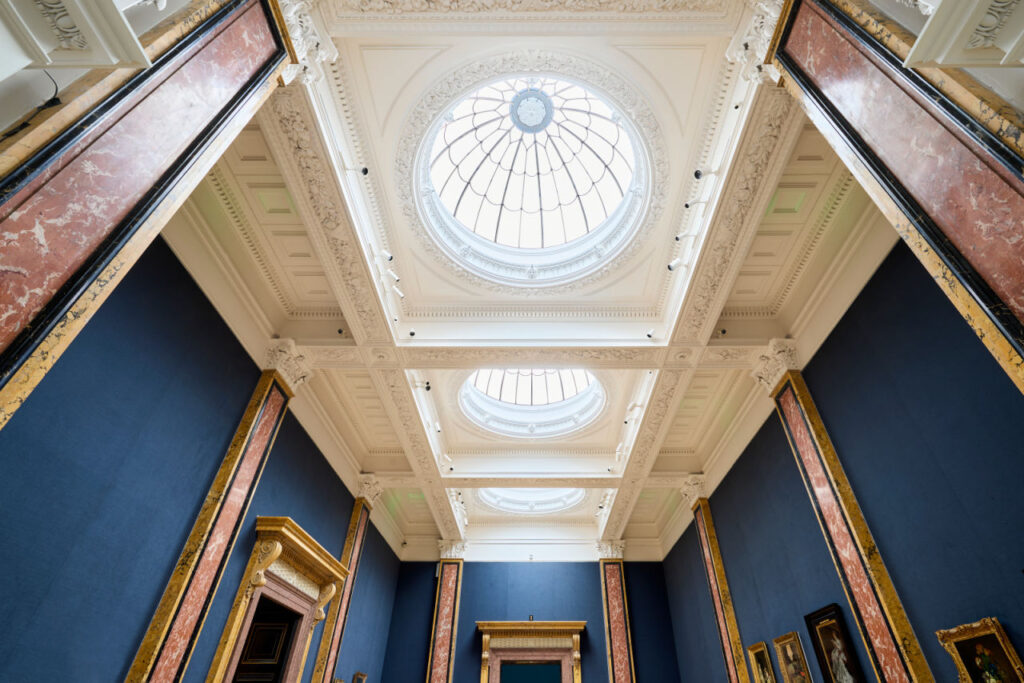
Security when using museum glass
With all this glass being used, safety and security is an obvious risk. But the truth is this is no more of an issue with glass than it is for any other material used within a museum renovation project.
Specialised glass can be created for each aspect of the project, such toughed and laminated options, designed specifically to resist breakage and penetration, effectively minimising the risk of forced entry and injury. Many of the glazing solutions on offer to museums and galleries include fully-integrated security measures, to protect the building when it is busy during the day or empty at night. Technology such as bomb-proofing, bulletproof glass, and anti-bandit technology can be integrated with doors, windows and fixed glass to ensure that the location is as protected as it can be, at all times, day and night.
Using glazing technology to protect artwork & artefacts
Why is glazing so important in museum renovation projects? The answer lies in its ability to balance functionality and aesthetics. Glazing allows for the controlled introduction of natural light, which is fundamental for both the display of artefacts and the visitor experience. However, uncontrolled sunlight can be detrimental, leading to the deterioration of sensitive materials. Thus, careful planning and the selection of appropriate glazing solutions are paramount.
There are multiple ways that glass can be optimised to protect the artwork and treasures that they house. One such example is to stop fading from sunlight exposure: to protect from harmful light rays, a high-performance SunX film can be applied to any glass feature. This film controls the density and type of light waves entering the galleries, creating an optimal environment for preserving any collection housed there.
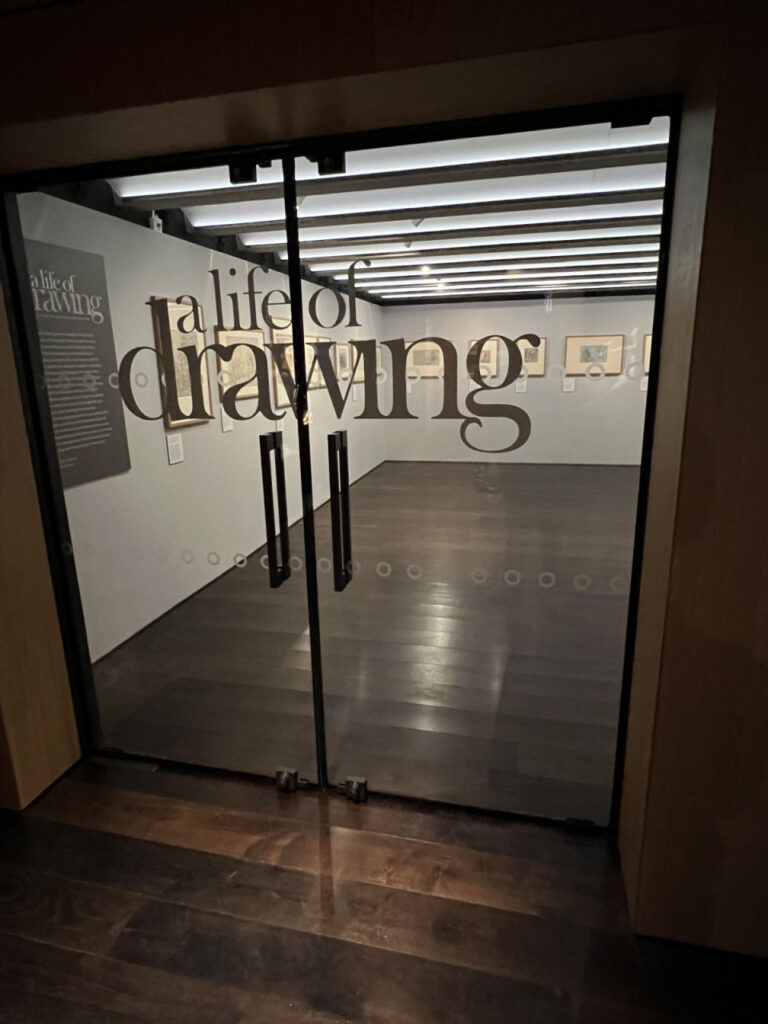
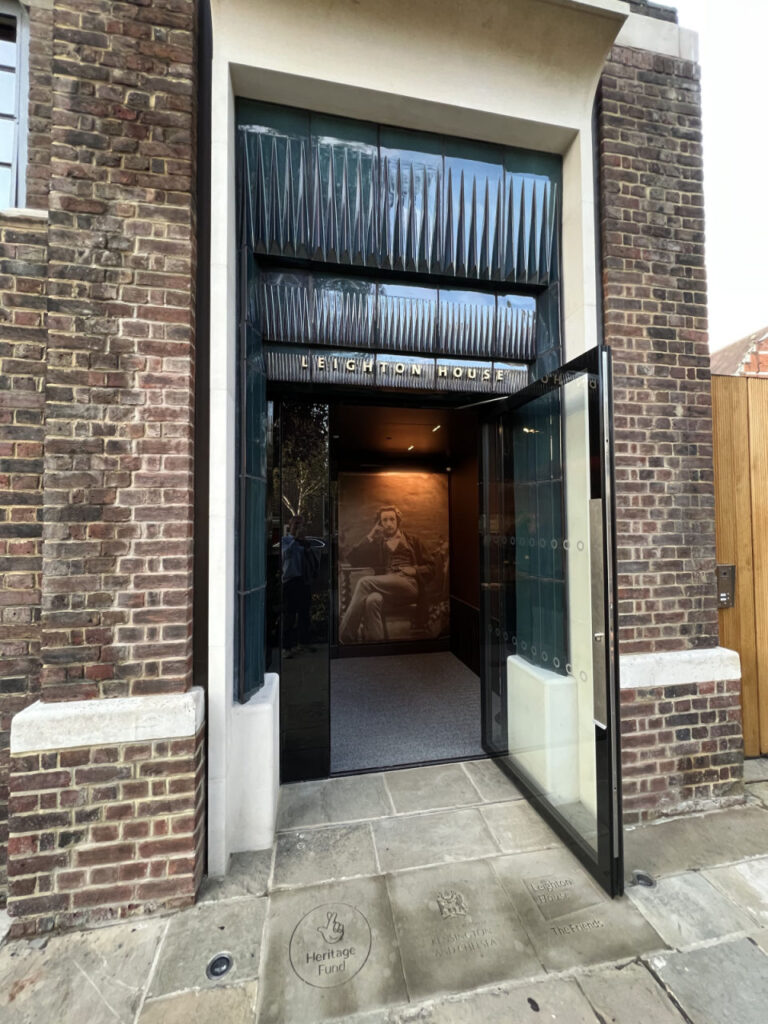
Improving visitor experience with glass
Museums, by their very nature, are expansive, open and cavernous spaces. While this provides a perfect backdrop for the storage and perusal of historic and artistic treasures, it can be a bit of a jarring experience once the hallways and galleries are full of people. Glazing can help with this. Acoustic reduction and natural light are both positive aspects of recent innovations in museum glass solutions, working with the room’s design, especially when the location was not originally designed for excess footfall or windows at all.
Innovations in museum glass have revolutionised the way museums manage their environments. Low-iron glass, for instance, provides exceptional clarity and colour neutrality, ensuring that all artwork is displayed in its clearest, truest form. Anti-reflective coatings minimise glare, enhancing visibility and reducing eye strain for visitors, while dust and touch protection, and self cleaning coatings can make it easier for the glass to be kept in the best condition, no matter the amount of visitors in any one day.
Furthermore, advancements in smart glass technology offer dynamic control over light transmission and thermal properties, allowing museums to adapt to changing environmental conditions in real-time, with ventilation and the natural movement of air also on offer in venues with external courtyards and spaces.
Another consideration for user experiences is that of accessibility. As every glass solution is created on a bespoke basis, the unique design can be made to take into account the quirks of the location and can be adapted to make it accessible to all. Features such as flush thresholds with sliding glass doors mean that wheelchair users can enter and exit without issue, while lifts and sloped entranceways can be lined with clear glass panels so as to make them open and inviting spaces, as well as feeling a part of the overall experience, rather than a last minute addition, as they can often appear to be.
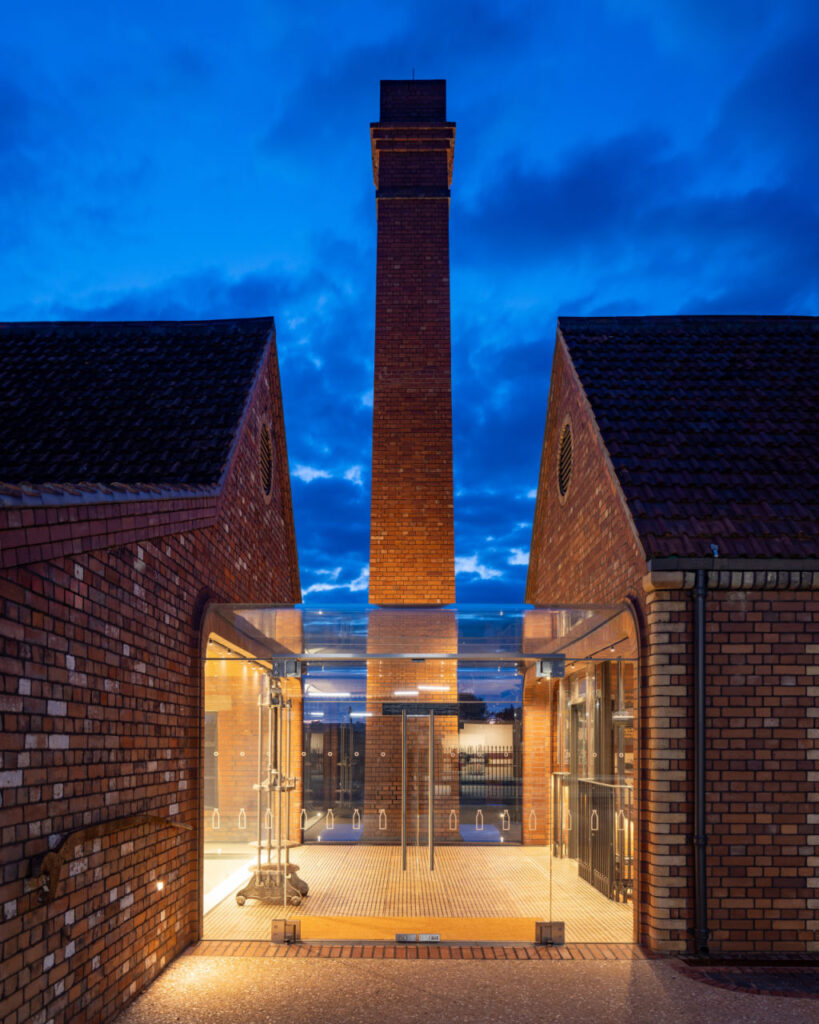
Health & safety features of glass
As with any building used by members of the public, there are certain health and safety regulations that need to be met, and museums are no exception. Laminated and toughened glass (sometimes called safety glass) options provide enhanced structural integrity, minimising the risk of breakage and injury, especially important when glass is used vertically. Sacrificial layers are also regularly used, and always in place when the glazing is in regular contact with the public.
Fire-resistant glass can provide all-crucial protection in the event of a fire, slowing the spread of both flames and smoke. When used as a part of doors and glass panels inside the building, fire rated glass can help to create compartments, a vital part in protecting art work, extending evacuation time and again, slowing the spread of fire.
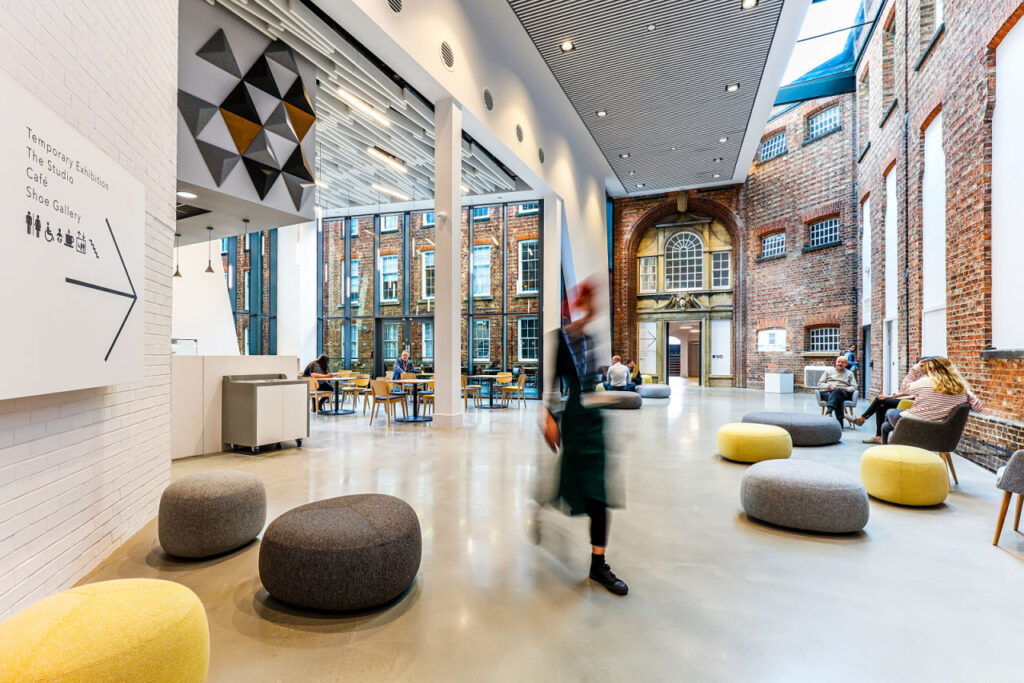
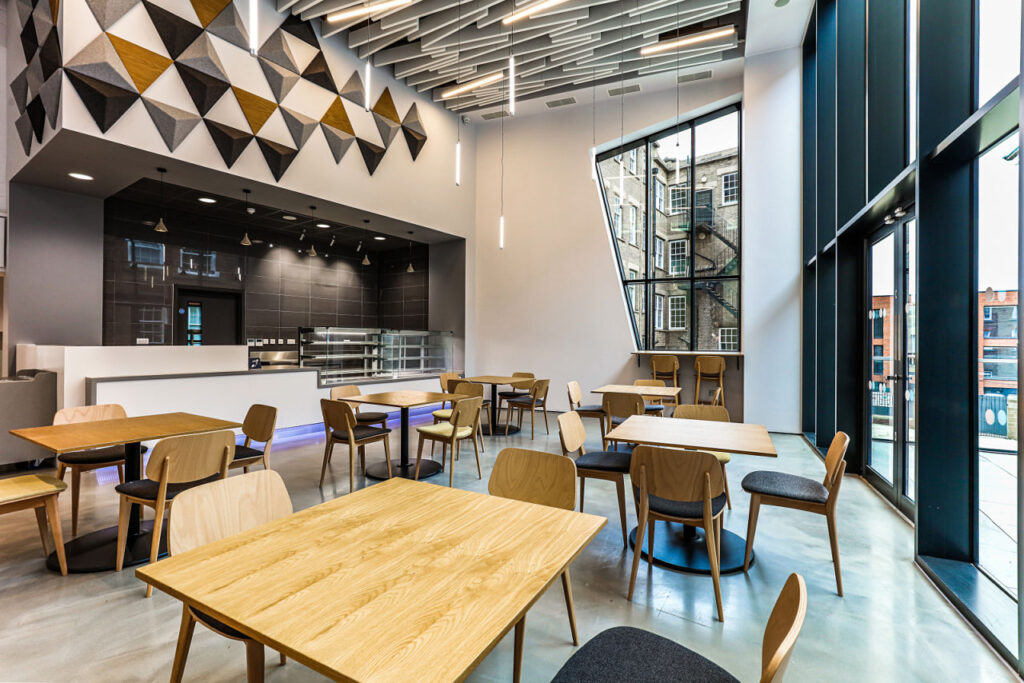
Examples of spectacular museum glazing
Aside from the benefits of using glass for museum renovations, there are also the aesthetic considerations. As we have already mentioned, these are visitor attractions that rely on donations and footfall in order to continue functioning, and the ability to stand out, innovate and offer a (positive) memorable experience is part of that campaign. Architectural glass offers museums a chance to add to their identity, writing the newest chapter on their long history, and creating a visually appealing addition at the same time as upgrading or expanding their current floorspace. While glass in itself can be hugely visually intriguing, it can also serve as a way of reworking heritage buildings that no longer work for a modern museum.
Glass intrinsically allows visitors to view the original building while making use of the new glass additions, meaning that the attention is still firmly on what came before. One example of this is the stunning Emily Hobhouse Museum that Cantifix were tasked with creating glazing solutions for. The showpiece of the renovation work is a huge fixed vertical glass panel that makes up one of the walls in the visitor cafe. This is, to date, the largest single piece of glass in Europe – measuring 20 metres in length and three centimetres in thickness. To ensure safety and prevent injury, the glazing was laminated, meaning if there are any cracks or breakages, the glass remains stuck together, rather than splintering and smashing. As well as being an architectural curiosity in its own right, the oversized glass offers spectacular views over the heritage garden and sits unobtrusively in with the original stonework barnhouse.
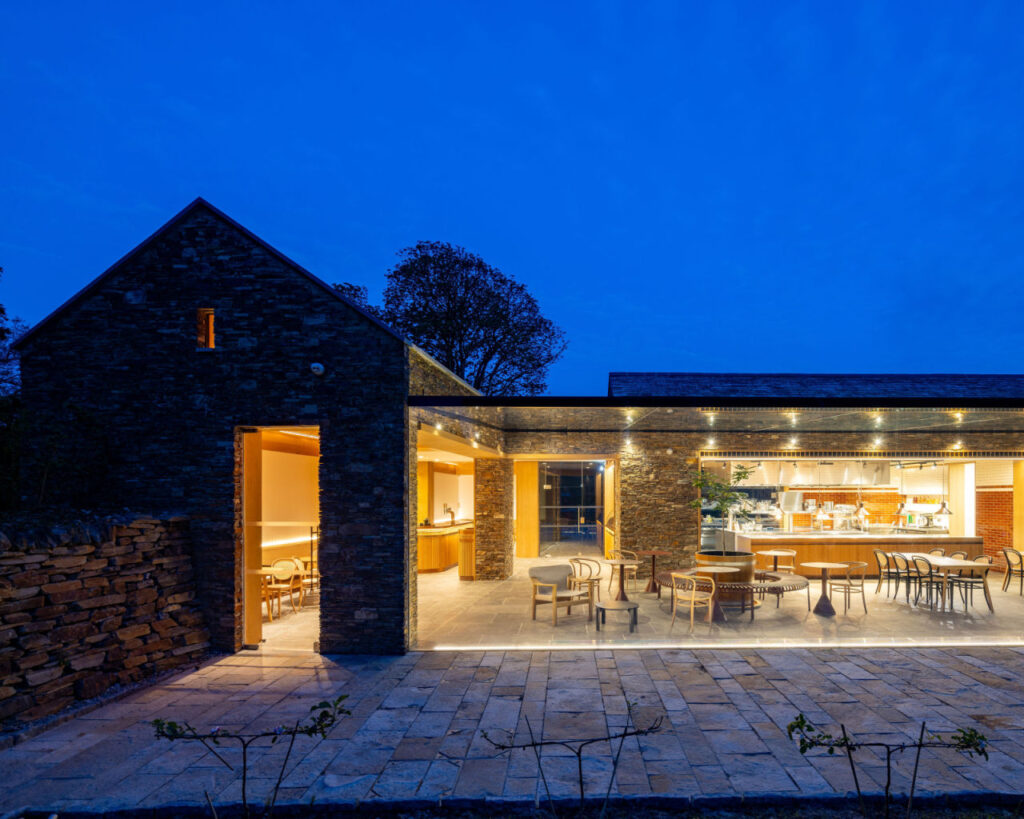
As you can see, architectural glazing can have a huge impact on any museum renovation project, sometimes becoming an indispensable element within the upgrades themselves. With careful consideration both aesthetic appeal and improved functionality can be achieved and glazing solutions can truly enhance the visitor experience, as well as protect valuable artefacts and ensure the long-term future of these much loved cultural institutions for future generations to enjoy.
